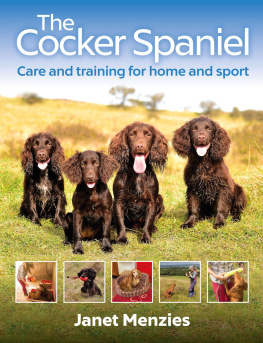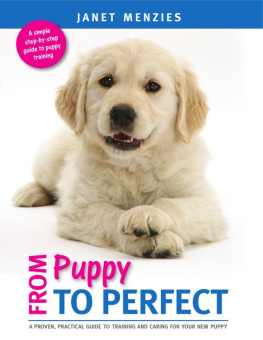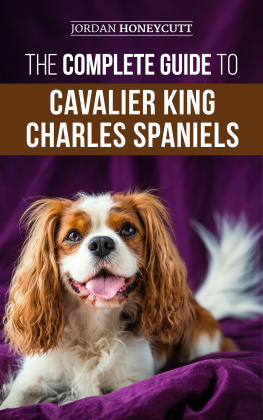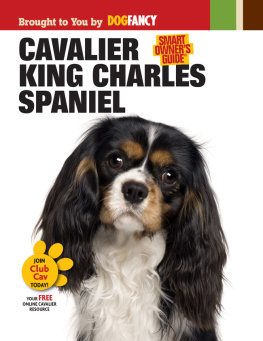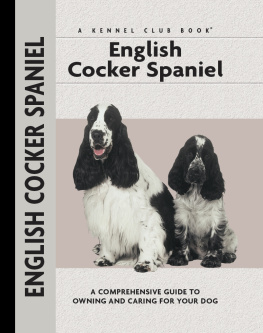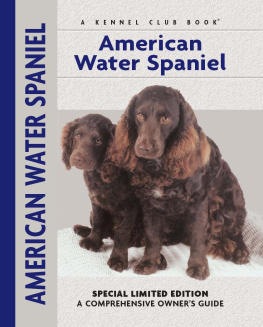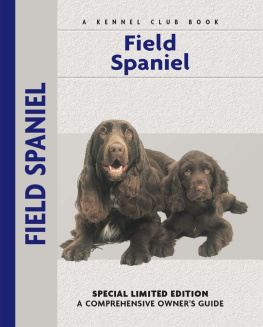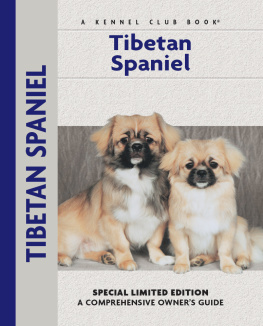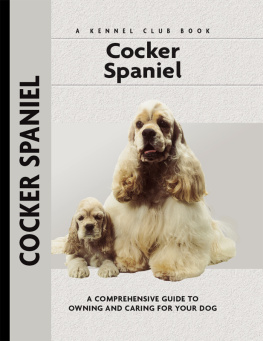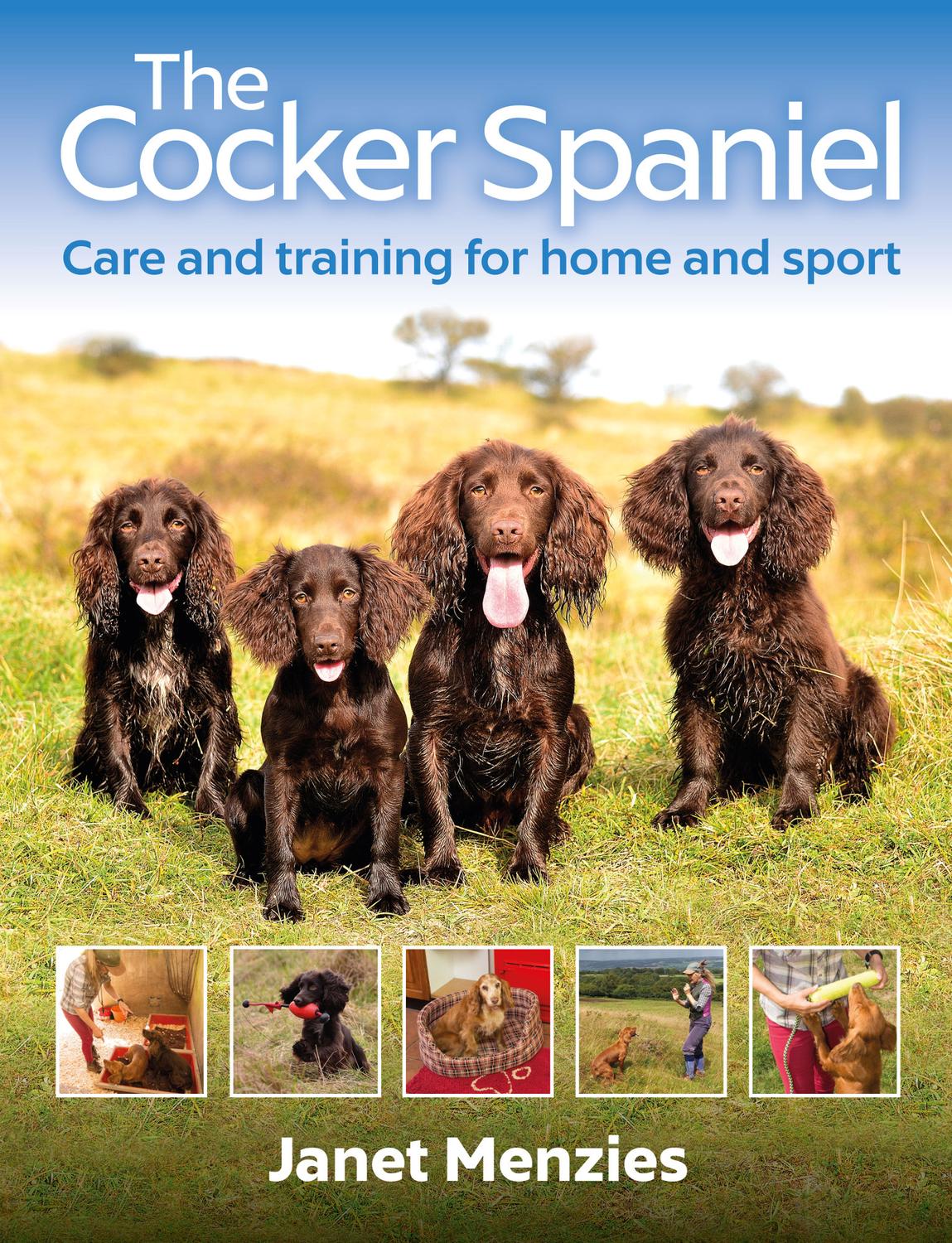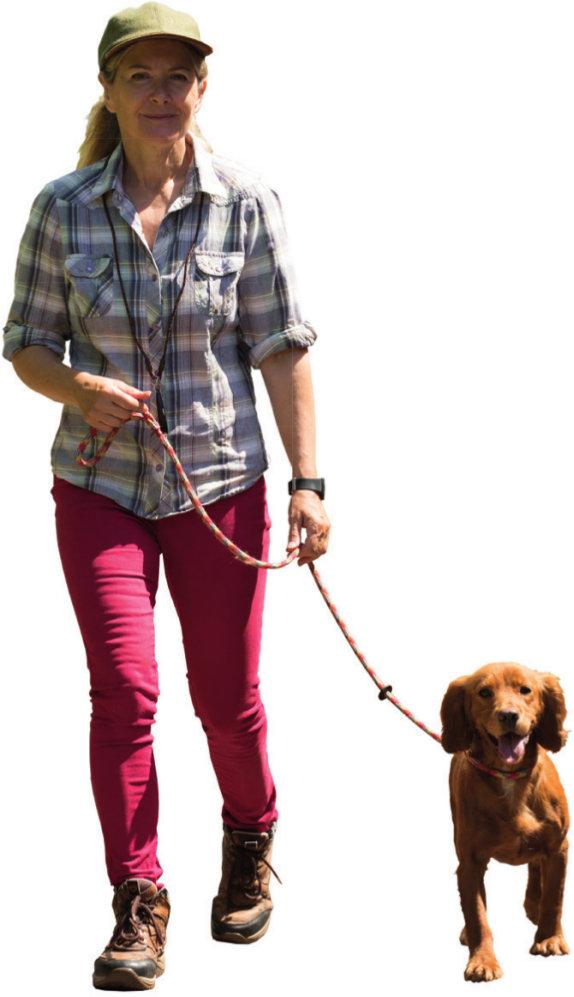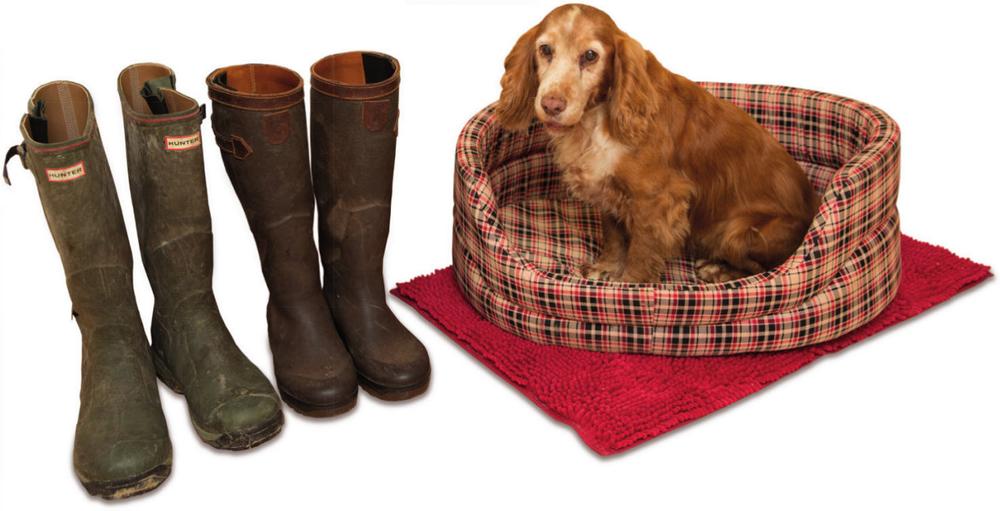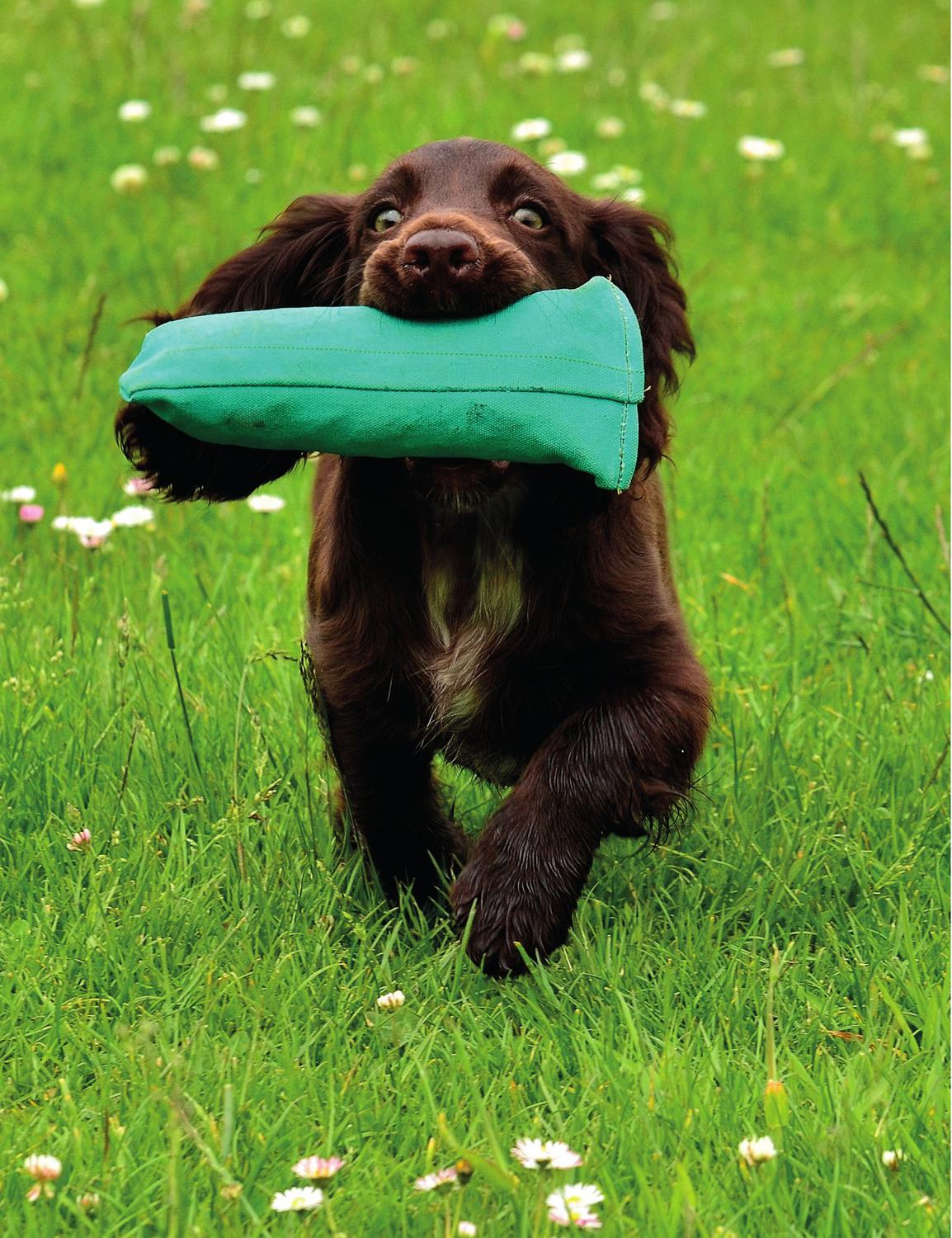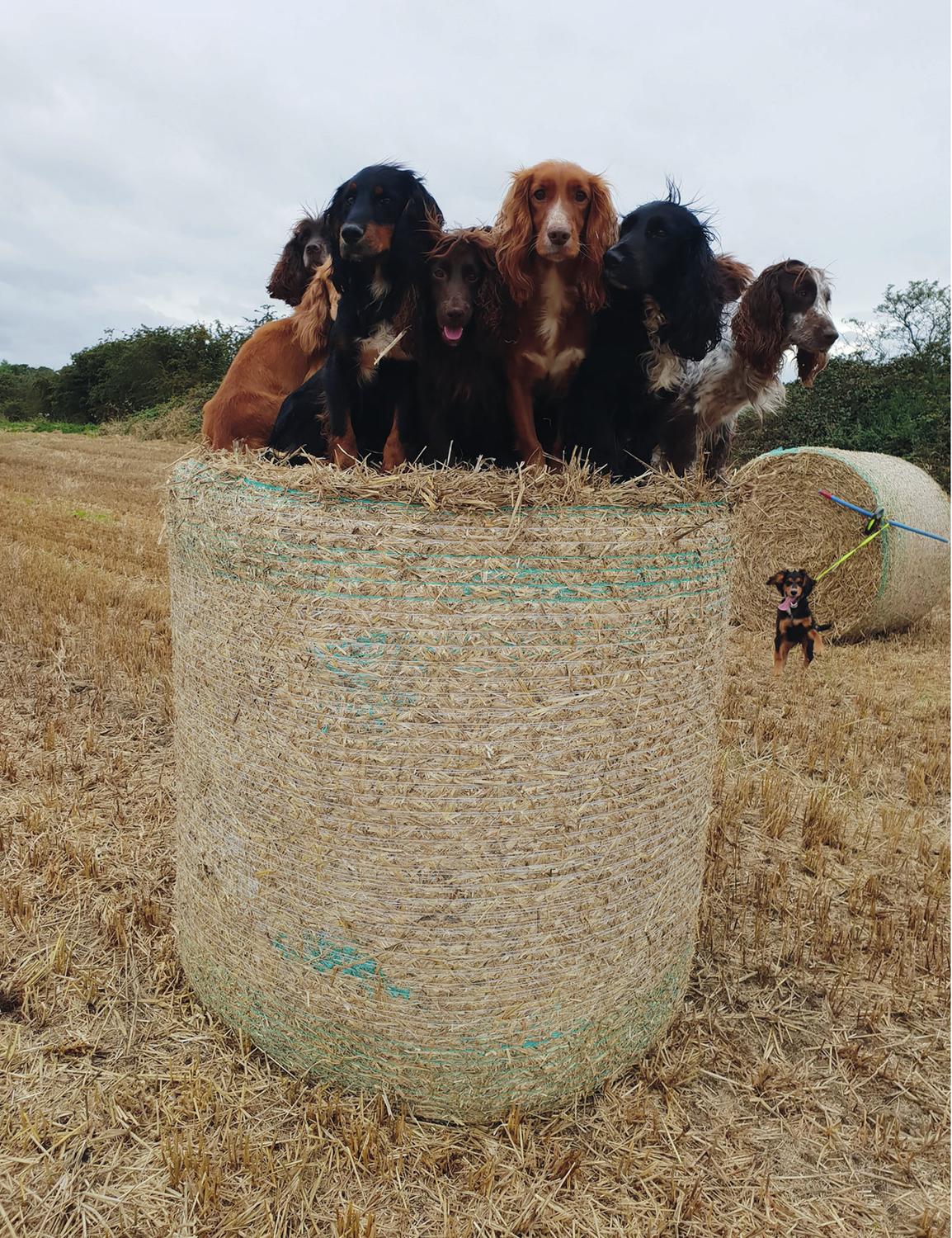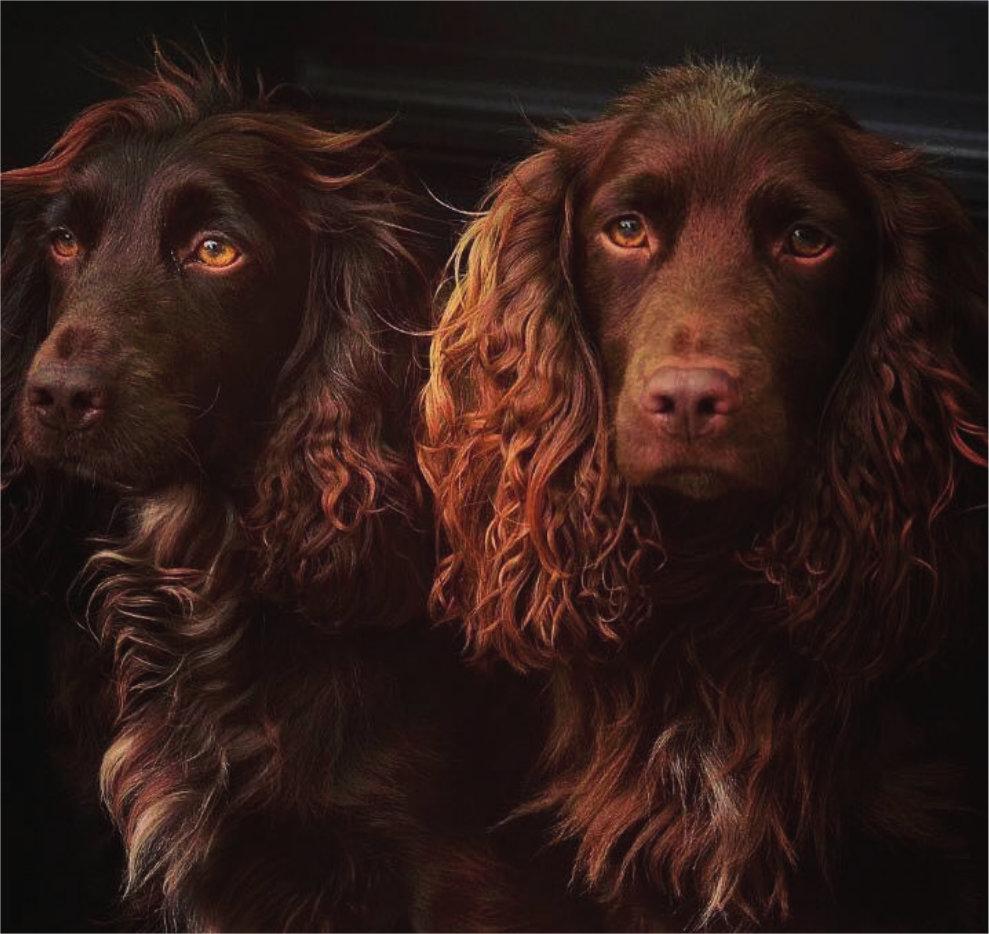Janet Menzies - The Cocker Spaniel: Care and Training for Home and Sport
Here you can read online Janet Menzies - The Cocker Spaniel: Care and Training for Home and Sport full text of the book (entire story) in english for free. Download pdf and epub, get meaning, cover and reviews about this ebook. year: 2020, publisher: Quiller, genre: Home and family. Description of the work, (preface) as well as reviews are available. Best literature library LitArk.com created for fans of good reading and offers a wide selection of genres:
Romance novel
Science fiction
Adventure
Detective
Science
History
Home and family
Prose
Art
Politics
Computer
Non-fiction
Religion
Business
Children
Humor
Choose a favorite category and find really read worthwhile books. Enjoy immersion in the world of imagination, feel the emotions of the characters or learn something new for yourself, make an fascinating discovery.
- Book:The Cocker Spaniel: Care and Training for Home and Sport
- Author:
- Publisher:Quiller
- Genre:
- Year:2020
- Rating:4 / 5
- Favourites:Add to favourites
- Your mark:
The Cocker Spaniel: Care and Training for Home and Sport: summary, description and annotation
We offer to read an annotation, description, summary or preface (depends on what the author of the book "The Cocker Spaniel: Care and Training for Home and Sport" wrote himself). If you haven't found the necessary information about the book — write in the comments, we will try to find it.
With many readers coming to cockers for the first time, this book offers complete guidance for their very earliest care and training at home, and then introduces both cockers and their owners to a range of different activities and competitions.
Drawing on more than a quarter of a centurys experience with cockers, the author takes you on a wonderful journey from the moment your puppy arrives home to the day that you start enjoying sports and activities together. The Cocker Spaniel covers every aspect of cockers, from the history of the breed to healthcare and problem-solving guides.
There is also valuable information on contacting the wider cocker community and on joining groups and clubs. Many cocker owners also want to work their dog as a gundog in country sports, including field trials and working tests. With The Cocker Spaniel, the transition from family dog at home to elite performance dog in the field is seamless and straightforward to achieve. There is invaluable technical instruction on how to work your cocker in the field, as the author has achieved successfully, with five Field Trial Champions to her name.
Janet Menzies: author's other books
Who wrote The Cocker Spaniel: Care and Training for Home and Sport? Find out the surname, the name of the author of the book and a list of all author's works by series.

